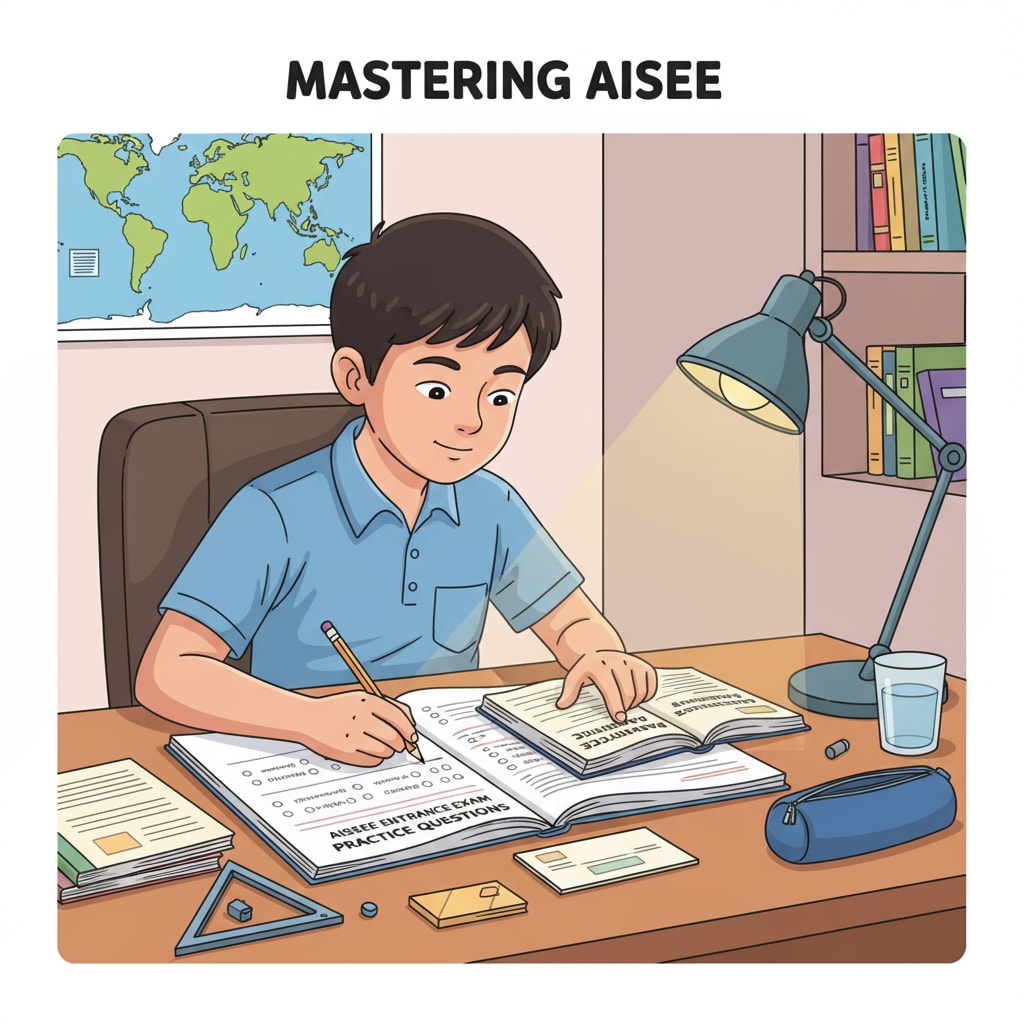The AISSEE, or All India Sainik School Entrance Examination, is a crucial gateway for students aiming to secure admission into Sainik Schools in India for the 2026 academic year. This exam offers opportunities for students to join Class 6 and Class 9. In this guide, we will delve deep into all aspects of the admissions process, from age requirements to the application procedure.

Eligibility Criteria: Age Requirements
For Class 6 admissions, students must be between 10 and 12 years old as of a specified date. This age limit ensures that students are developmentally ready for the academic and physical rigors of Sainik School education. For example, if the cut-off date is January 1, 2026, students born between January 2, 2014, and January 1, 2016, would be eligible.
For Class 9 admissions, the age range is typically between 13 and 15 years old. This allows students to transition smoothly into the more advanced curriculum and training offered at this level. As stated by Wikipedia’s Sainik School page, these age criteria are strictly adhered to ensure a proper peer group and educational progression.
Exam Pattern for AISSEE
The AISSEE for Class 6 and Class 9 has a well-structured exam pattern. The test usually consists of multiple-choice questions covering various subjects. For Class 6, the main subjects include Mathematics, General Knowledge, and Language (Hindi or English). These subjects are designed to assess a student’s basic academic skills and general awareness.
In Class 9, the exam is more comprehensive, with additional subjects such as Science and Social Studies. The exam duration and marking scheme are also carefully designed to evaluate students’ understanding and problem-solving abilities. As per information on Sainik School Admissions official site, understanding the exam pattern is key to effective preparation.

Preparing for the AISSEE requires a systematic approach. Students should start by familiarizing themselves with the syllabus and exam pattern. They can then create a study plan, allocate sufficient time for each subject, and practice with sample papers and previous year’s question papers. This will not only help them understand the types of questions but also improve their time management skills.
Application Materials
When applying for the AISSEE, students need to gather several important documents. These typically include birth certificates as proof of age, school transfer certificates, and passport-sized photographs. Additionally, parents may need to provide income certificates in some cases, especially for scholarship considerations.
It’s essential to ensure that all documents are in order and submitted within the specified deadline. Any missing or incorrect information could lead to the rejection of the application. As a result, students and parents should double-check all details before submission.
The Application Process
The application process for the AISSEE is usually conducted online. Students and parents need to visit the official Sainik School admissions website. There, they will find instructions on how to create an account, fill in the application form, and upload the required documents.
The form will ask for personal details, educational history, and contact information. Once the form is filled, students need to pay the application fee, which can usually be done through various online payment methods. After successful payment, the application is considered complete. However, it’s advisable to keep a copy of the application and payment receipt for future reference.
In conclusion, the AISSEE for Sainik School admissions in 2026 is a significant opportunity for students. By understanding the age requirements, exam pattern, application materials, and process, students can increase their chances of securing a seat in these prestigious institutions. With proper preparation and attention to detail, they can embark on a rewarding educational journey at Sainik School.
Readability guidance: We have used short paragraphs and lists to summarize key points. Each H2 section has relevant details presented clearly. The passive语态 has been kept to a minimum, and long sentences are balanced. Transition words have been used throughout the article to enhance flow and understanding.


